How Knights of the old Republic stayed true to the Star Wars ‘used universe’.

What makes a movie, comic book, or video game feel like Star Wars? This is the question every creator has to wrestle with when they’re approached to work on a story set in that universe.
When George Lucas began working on the original Star Wars in the 1970s, his aim was to make a film that looked timeless – never mind the endless budgetary and technical limitations he had to contend with. Production designer John Barry and set decorator Roger Christian proposed the notion of a “used universe”, a term that’s come to be associated with Lucas and the success of the classic trilogy over the years. The idea was to avoid the polished chrome and utopian vistas of earlier science fiction movies in favour of something a bit more tangible: the grimy, kitbashed, lived-in aesthetic of the Mos Eisley cantina or the Millennium Falcon. Props and sets could be assembled from existing parts, and in turn the whole production would be less expensive.
BioWare insisted on following these same design principles during the making of Knights of the Old Republic. One look at the game’s cover is all it takes to spot the similarities – the rusty flying-saucer pirate ship, the hero brandishing her laser sword, the R2-D2 and C-3PO analogues, the Universal-monster-movie villain.
“The reason I draw pictures, what galvanised me as a ten-year-old boy, was Star Wars on the big screen,” says John Gallagher, who designed most of the game’s characters and costumes. “It changed my life.”
هذه القصة مأخوذة من طبعة August 2019 من PC Gamer.
ابدأ النسخة التجريبية المجانية من Magzter GOLD لمدة 7 أيام للوصول إلى آلاف القصص المتميزة المنسقة وأكثر من 9,000 مجلة وصحيفة.
بالفعل مشترك ? تسجيل الدخول
هذه القصة مأخوذة من طبعة August 2019 من PC Gamer.
ابدأ النسخة التجريبية المجانية من Magzter GOLD لمدة 7 أيام للوصول إلى آلاف القصص المتميزة المنسقة وأكثر من 9,000 مجلة وصحيفة.
بالفعل مشترك? تسجيل الدخول

A New Dawn - The rise, fall and rise again of PC Gaming in Japan
The so-called 'Paso Kon' market (ie katakana's transliteration of 'Pasonaru Computa') in Japan was originally spearheaded in the 1980s by NEC's PC-8800 and, later, its PC-9800.
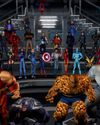
MARVEL: ULTIMATE ALLIANCE
Enter the multiverse of modness.
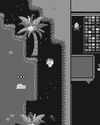
SLIDES RULE
Redeeming a hated puzzle mechanic with SLIDER
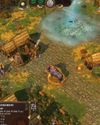
GODS AND MONSTERS
AGE OF MYTHOLOGY: RETOLD modernises a classic RTS with care

PHANTOM BLADE ZERO
Less Sekiro, more Wo Long: Fallen Dynasty
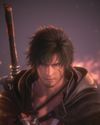
STARR-MAKING ROLE
Final Fantasy XVI's BEN STARR talks becoming a meme and dating summons

THIEF GOLD
Learning to forgive myself for knocking out every single guard.

HANDHELD GAMING PCs
In lieu of more powerful processors, handhelds are getting weirder
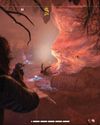
FAR FAR AWAY
STAR WARS OUTLAWS succeeds at the little things, but not much else shines
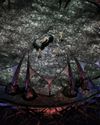
FINDING IMMORTALITY
Twenty-five years on, PLANESCAPE: TORMENT is still one of the most talked-about RPGs of all time. This is the story of how it was created as a ‘stay-busy’ project by a small team at Black Isle Studios